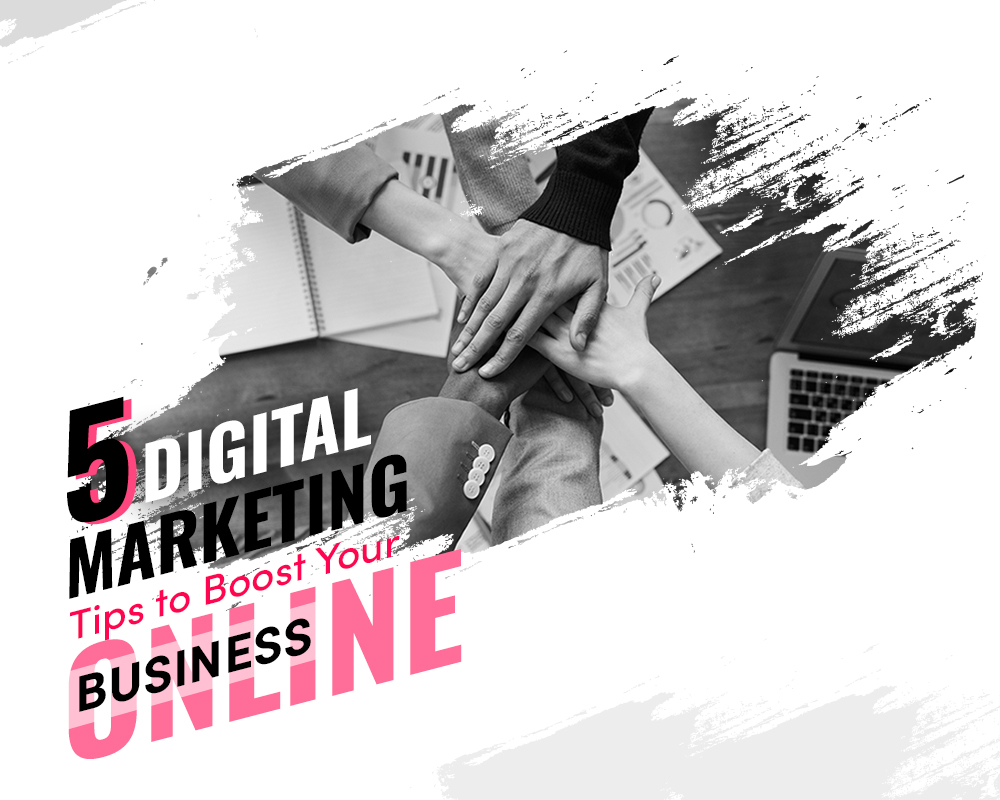A well-structured user interface to an application, offers the user with a fluid experience, guaranteeing with it a combination of valuable information. Capturing the user’s attention throughout the user journey and consecutively holding on to it is the ultimate answer to the customer’s final satisfaction. Revenue goals can be achieved a lot easier with an efficient UI/UX experience.
According to statistics, more than 70% of small businesses fail to understand the basics of web page usability. Application development services and UI & UX are integral to providing the customer with the best user experience. User interface and user experience focus on the overall lifecycle of an application’s interaction with the end-user. The primary objective of any business is to increase sales and growth. A poorly optimized user interface can lead to unsatisfactory UX. A web app or a mobile app requires these two elements to be well thought out. The UI refers to whatever your touch, see, click or speak on the application. The UX dictates how the customer feels about interacting with the application, and how easy it is to find things that one is looking for.
Let’s learn about the four quadrants of the user experience model that will help to offer the optimal user experience:
The UX Design Quadrant Model
UX is about finding out how to empathise with your business closely and enable the same to achieve core business goals in the most efficient ways. Here are some of the components of the UX design Quadrant Model:
Information Architecture: The information architecture of a given product is determined by considering the relationship between the various set of contents. In order to support usability of the application, this architecture makes sure that the content is organized in an accessible and meaningful way. This in turn helps the user navigate around the product more meaningfully. The language is made sure to be consistent in order to provide a convincing experience to the user.
User Research: UX design requires developers to be receptive to what the customer feedback provided. This means that there is a call for extensive research based on the feedback from existing customers. This phase involves surveys, usability and accessibility testing processes and interviews to find out what the end user’s goals or requirements are.
Experience Strategy: This step is about devising a comprehensive business strategy that integrates the customer and organizational needs and requirements. It works as a holistic strategy that adds value to business.
Interaction Design: Interaction design closely observes the user’s interactions with the application in question. It considers minute interactive components on a web page such as page transitions and CTA buttons. This phase is all about developing an intuitive design that helps the user perform the task at hand with ease.
These fundamental disciplines in user experience (UX) design elucidates the fact that UX design involves elements of not just computer science, but also of cognitive psychology, communication design and more.
There are a few core components to UI/UX design, which are as follows:
Core Components of UI/UX Design
- Usability: This refers to how friendly the user experience (UX) is to the customer. It focuses on how the user goes from one page to another and makes certain that the navigation is easier to comprehend. Usability testing also tests the various instances for errors, so that they are avoided in real life situations.
- Wireframing: Wireframing involves testing the website or application at an early stage. The product goes through functionality, usability and accessibility testing before the application goes live. It also helps makes certain that the aesthetics and look of the product is well thought out.
- Visual Design: This step in the design of a product is closely related to the organization’s brand and overall messaging. Incorporation of different styles and methods of web designing can adversely affect the end-user’s interaction with the webpage or application. The designer needs to pick the right fonts, colours, images and animations to make sure that the customer has a seamless and satisfying experience. A holistic visual design strategy considers all these above elements.
Why your Business Requires an Efficient UI/UX Strategy
Let’s look at the importance of a well-fledged out UI/UX strategy for the success of your unique web product:
- Improves Customer Satisfaction which leads to Increased ROI: A well planned out web product offers engaging content with easy navigation. This makes users satisfied and convinces them to come back or recommend your product to others. There is also a sense of brand loyalty that is built which inevitably brings in more ROI.
- Helps you to understand your Niche: The needs of the clients have always to be priority while creating a UI/UX. This means that the audience can be segmented according to their tastes and preferences. UI/UX allows to understand your audience making it easy to change the layman into a prospective customer in the future, thus ensuring increased sales.
- Builds your Brand Identity: When a website focuses on UI/UX design, it is likely to have satisfied end users. People are more often than not attracted to businesses and brands that focus on customer experience. A constant feedback loop with the customers can help in improving one’s services and credibility in the market.
- Offers Cost Efficiency and helps in reducing the Time to Market: Investing and ensuring that there is good web design coupled with a satisfying user experience makes it so that frequent changes & updates are not necessary. Making constant changes to a website not only brings down the consistent brand effort, but also requires a lot of time and money. There is an increase in business revenue as there is a drastic decrease in churn-rate and new customer acquisitions costs.
Design your Way to Efficiency
UI/UX design is a fundamental part of marking a business’ presence known in the market. Making customers happy and improving the overall product experience will result in increased ROI. It is always important to grab the end-user’s attention with intuitive business strategies and brand messaging. If the user is surfing the internet or landing on your web product, it is the UI/UX developer’s responsibility to ensure that they can navigate to their targets efficiently. Therefore, UI/UX design has become a significant part in today’s digital world for web development.
Author Bio:
Based in Bangalore, Adhithya Shankar is a B.A Journalism Honors graduate from Christ (deemed to be University). He is aspiring to complete his higher studies in Mass Communication and Media, alongside pursuing a career in music and entertainment.
















